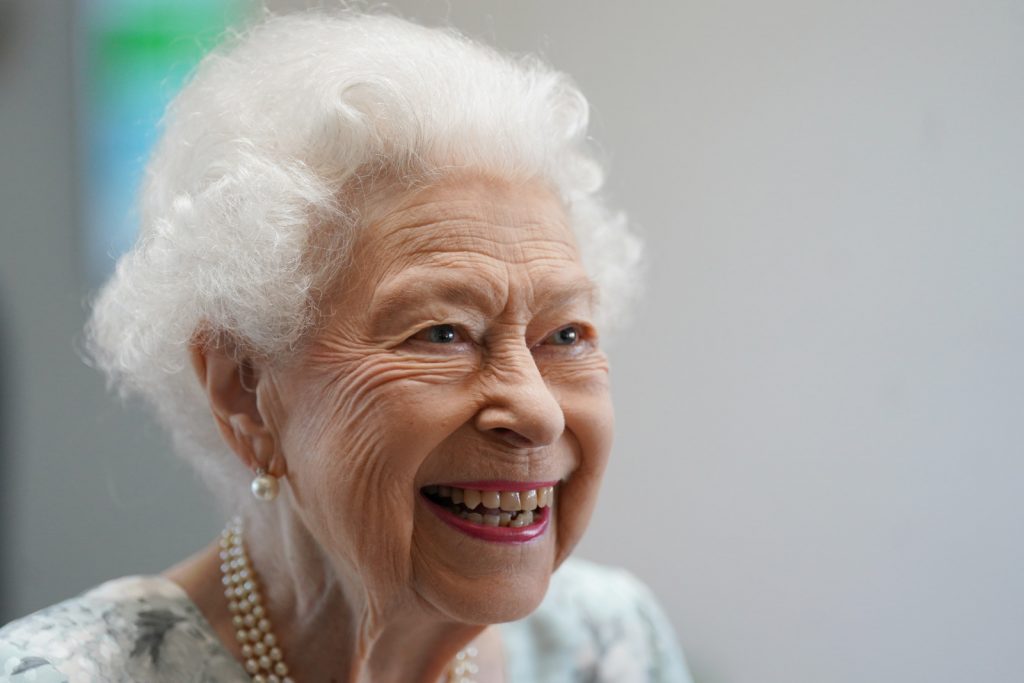Whether you are a royalist or republican, you have to admire the smooth transition of power in the institution of monarchy in the United Kingdom. In sharp contrast to the shambolic management of Brexit, the energy crisis, the leadership of the government, pandemic lockdown and other aspects of British life, the efficiency of the succession to the throne of the constitutional monarchy is impressive.
In all of the pomp and flummery around the death of Queen Elizabeth II, the British monarchy has hardly skipped a beat.
Succession planning is a key element of managing organisations that is frequently overlooked and not given the consideration it deserves. As shortages of talent plague organisations and institutions around the world, it is vital to keep an eye on succession planning – not just as part of a wider talent strategy but also for the continuity of the organisation.
Succession planning frequently focuses on the “who”, with key steps of identifying critical roles, building potential profiles, nominating successors and developing talent. In fact, in the case of the British monarchy the successor was always easy to identify — sons only, I’m afraid, until the law was changed in 2013. And, as it was already decided that a now 73-year-old man had the job, he has had more than 50 years to develop his talent while waiting to succeed to the throne.
However, succession planning is so much more than the “who”. It is also the “how”.
While most organisations are not subject to the perilous transitions of monarchies and imperial regimes of the Middle Ages, these transitions are nevertheless moments where there are questions around the purpose, the future and the established — a moment of management, organisational and institutional risk.
The planning of the succession ensures the continuity of the institution at a moment of flux, with the plans and planning developed the moments of calm, way in advance of the actual event, so they can be implemented adapted, and applied to be exact circumstances of the day. As General Dwight Eisenhower said, “Plans are useless, planning is essential.”
The so-called London Bridge plan for Queen Elizabeth’s death has had many iterations and been in place since the 1960s. The plans included detailed contingencies for wherever she may have died, the time of the year and the exact order and timing of events following her death. These plans were revised regularly over the following six decades. A wonderful article by Sam Knight explores the meticulous details of these plans, including protocols for local government, planning for ceremonies, pre-prepared speeches, and detailed timing of events for the 10 days following her death.
Perhaps most importantly, the plans included the detailed timing of activities and events for her successor in order to ensure the continuity of “the firm”, as the Queen was known to refer to the royal family. The institution continues as before and ensures its position in British life.
Given the decline in some aspects of the UK’s reputation thanks to Brexit, Boris Johnson and other mishaps, it is perhaps surprising that these plans extend to other stakeholders in British society. Media organisations have had their own detailed plans in place, regular rehearsals, and periodic reviews for this event as well as the deaths of other major royals.
One veteran British broadcaster admitted that he has been in rehearsals for this moment for more than 30 years. Over the last few months, plans have been revised, preparations intensified and teams put on the ready. Newspapers have many days of content ready and so-called royal experts had pre-signed agreements for media appearances, commentary and articles.
“Is this a bit morbid?” you might ask. It was an open secret that there were detailed preparations for the death of a monarch. But, in fact, the queen’s death was inevitable. The planning and preparation for the inevitable is a key role for managers and leaders to ensure the stewardship of their organisations and institutions — something from which many could perhaps learn. In fact, the British monarchy was not so good at this process 200 years ago and, after a number of rocky transitions, decided to learn from the best practice of other European monarchies.
Although the plans have not been able to take everything into account — how to cope with Prince Andrew’s recent disgrace, or Harry and Meghan’s departure from royal duties, or some overzealous policing of protests — they have created the bandwidth to make last-minute decisions and adapt to circumstances.
Most importantly the careful planning of the “how” of succession ensures continuity, limited space for questioning of an arguably anachronistic institution and a sense of purpose for the institution and its leadership at a time of potential crisis. It is a lesson for all leaders who aim to ensure the continuity of leadership and steward their organisations and institutions.



